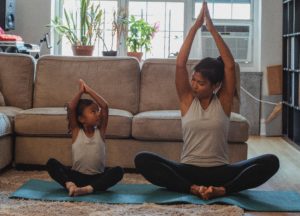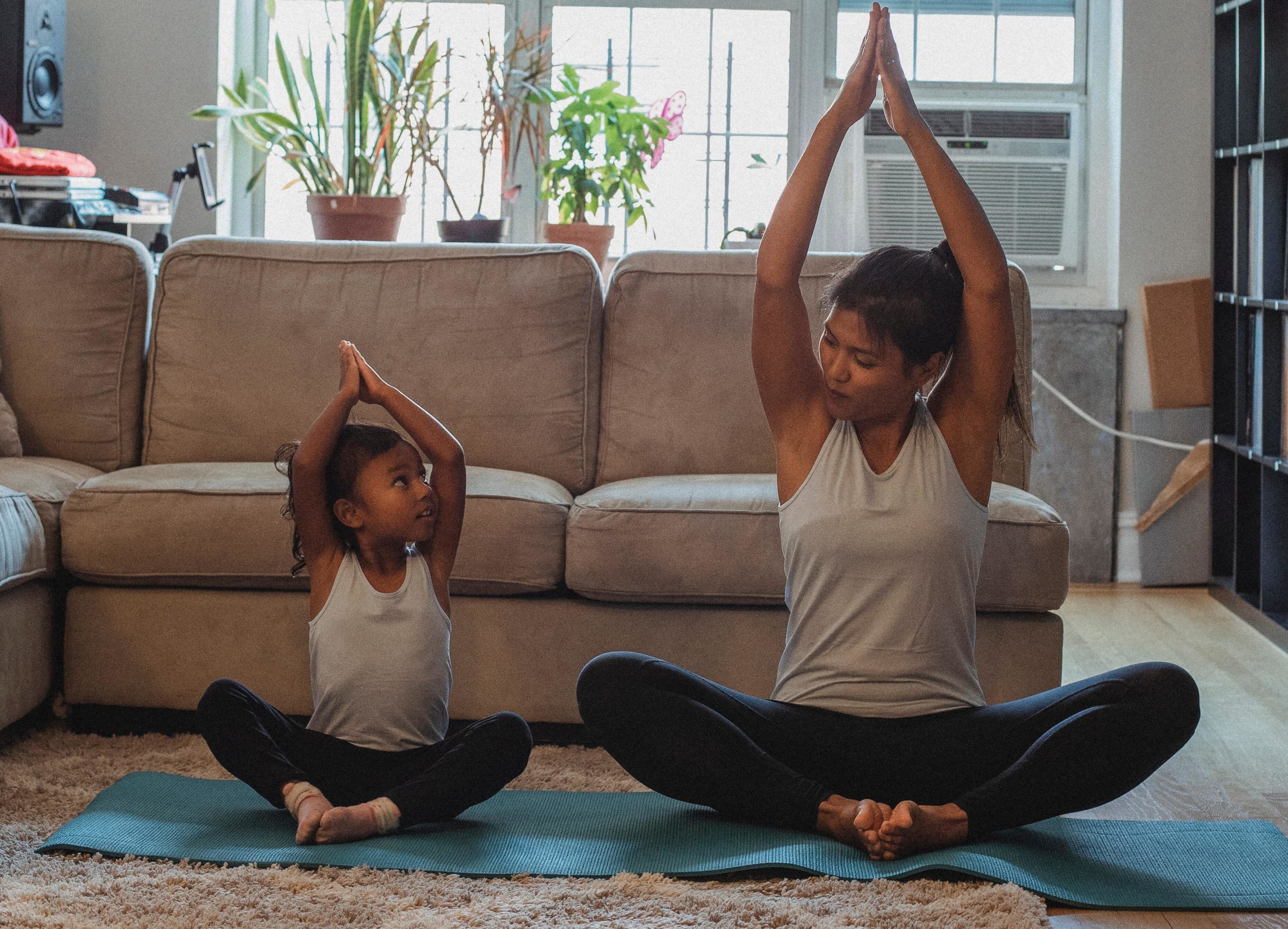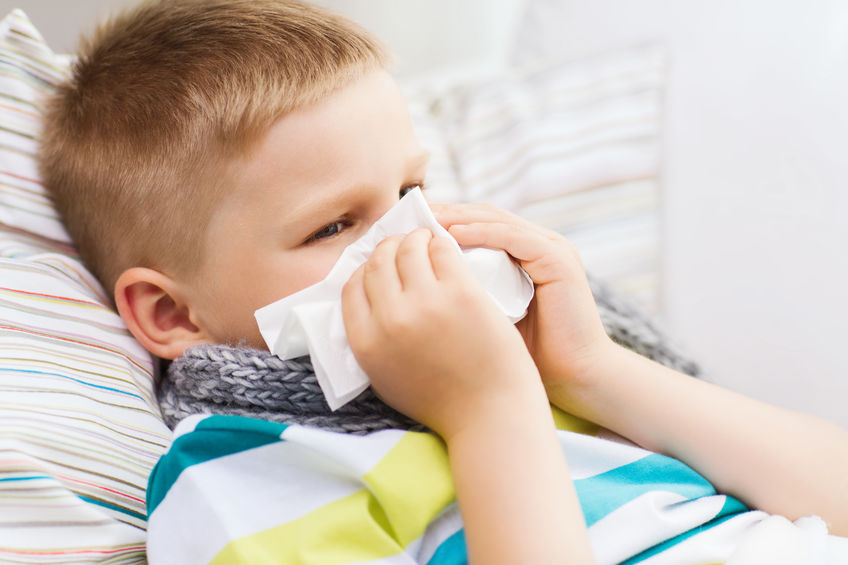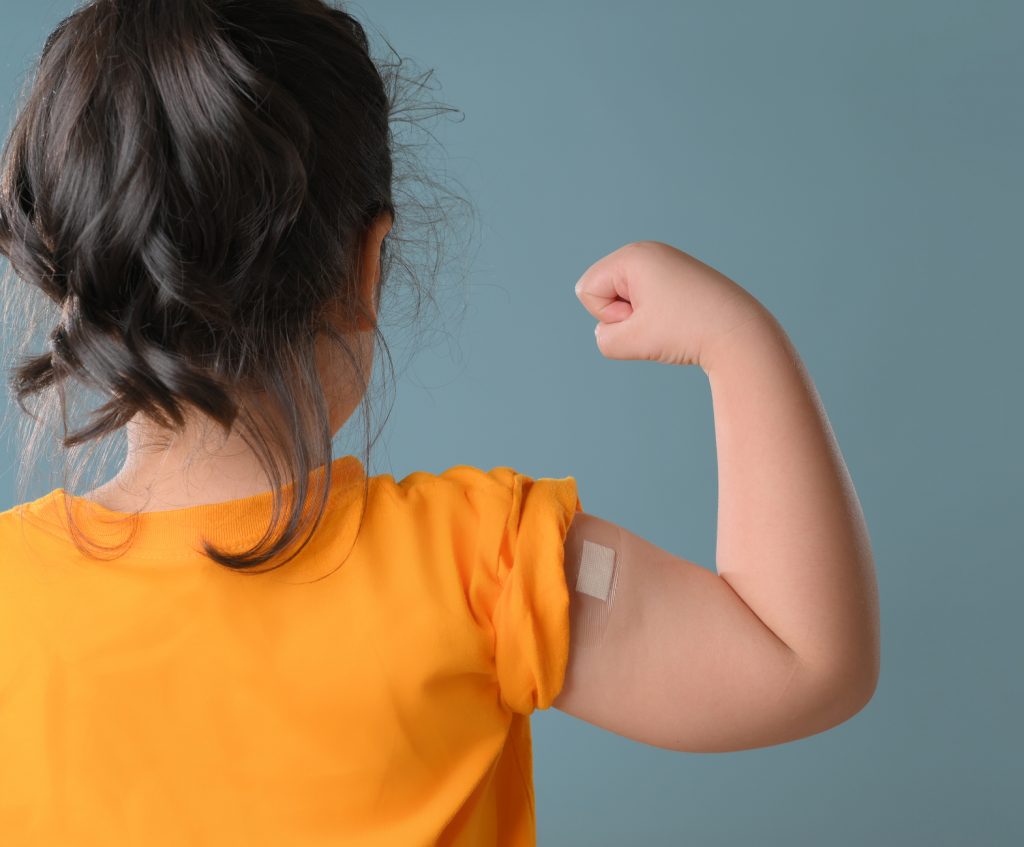
Whether it’s by playing a sport, participating in gym class, or even just running around the playground, physical activity is a critical part of your child’s growth and development.
The physical benefits of regular activity — such as strengthening bones and muscles, and maintaining a healthy weight — are well known. But there are also brain and mental health benefits, like getting better grades in school and improved overall mood.
Unfortunately, physical activity often lags during the cold winter months when children are cooped up indoors. This year, the COVID-19 pandemic could make it even worse. Between many after-school activities and sports being cancelled, and a lull in playdates, your child might not have as many opportunities to stay active.
In just the first few months of the COVID-19 pandemic…
- Among parents of children aged 5 to 8:
- About 54% said that their children were exercising somewhat or much less than before the pandemic.
- About 64% said that their children were spending somewhat or much more time seated.
- Among parents of children aged 9 to 13:
- About 66% said that their children were exercising somewhat or much less than before the pandemic.
- About 82% said that their children were spending somewhat or much more time seated.
It’s important to make sure that your child spends less time on the couch and gets the recommended amount of physical activity:
How Much Physical Activity Should My Family Be Getting?
- Children ages 3 to 5 should be physically active on and off throughout the day.
- Children ages 6 to 17 should do an hour of moderate activity (like brisk walking or ballet) to vigorous activity (like running or speed skating) at least 3 days a week.
- Adults should aim for at least 150 minutes of moderate aerobic activity (or 75 minutes of vigorous aerobic activity) as well as two muscle-strengthening activities each week.
Here are 5 ways to get your child — and your whole family — moving this winter:
1. Turn chore time into [fun] exercise time.
Since household chores are already a physical activity, they allow you to kill two birds with one stone. Your child gets moving and you get to teach them a lesson in responsibility (although, whether or not they have the skills to truly clean the house is another story). But there are methods for making them even more physically challenging — and also more fun.
There are several ways to do this, such as:
- Dance breaks: Every few minutes, turn on some of their favorite music. As soon as they hear it, they have to dance — and they Can’t stop moving until the song is over. This also makes cleaning much more fun.
- Combine quick, energetic exercises with chores. One example from a Washington Post article is to ask your child to get their energy up by helping you fold clothes and then jumping high.
- Make an effort to assign your child chores that already involve physical activity, like walking the dog. If they’re too young to go by themselves, take them with you.
- Clip a pedometer onto your child and challenge them to get as many steps as they can while doing their chores. You don’t need to get a fancy tracker — you can find many simple step counters online for less than $10, or even at certain dollar stores.
2. Make screen time a physical activity.
Screen time has jumped for both children and adults during the pandemic. In fact, one study found that since lockdowns began, about 50% of children have spent more than 6 hours each day online. That’s an increase of almost 500% since the beginning of the pandemic.
One of the biggest problems with too much screen time is that it’s an activity that involves a lot of sitting — usually.
Whether it’s during their normal screen time or during a special extra hour of TV, make screen time more active by pausing every 10-15 minutes and having your child do jumping jacks or run in place. You could also challenge them to do a certain number of jumping jacks or push-ups every time something happens on the show (like every time Dora says “Swiper, no swiping!” on Dora the Explorer).
If your child has a gaming system like a Wii or XBox, look for games that involve physical activity, such as dancing.
Learn more about screen time during the pandemic.
3. Get moving with free workout videos.
From fitness giants to music brands, many companies are offering free workout videos online geared specifically toward children and families. They use age-appropriate music and moves, and coaches that speak to kids on their level. Many videos feature children, which allows your child to see that other kids are doing it and having fun, too.
Check out some of these kid-friendly workout videos*:
- Beachbody Kids Workouts: Beachbody has a series of videos with different themed workouts, such as disco and rock and roll. The videos vary, from cardio dance workouts to ones focused on toning. Most are about 25 to 30 minutes long, but there are a few in the 10 to 12 minute range.
- KIDZ BOP:
- KIDZ BOP has a series of dance along videos that allow your child to break a sweat — all while dancing and not even realizing that they’re exercising. The videos are broken down by individual songs, so each one is only a few minutes long.
- KIDZ BOP also has daily dance breaks at 3 p.m. Eastern time (2 p.m. here in Omaha). Tune into their YouTube channel daily for these 30 minute dance live streams or to watch videos of previous ones.
- GoNoodle: GoNoodle has a mobile app with games designed to “tire kids out.” Your child will need to do moves like jumping and waving to win the games. You don’t need to buy extra hardware or a fancy controller — all you need is the free app on a smart device.
- POPSUGAR Fitness: POPSUGAR Fitness has workout videos that are more advanced and are great for adolescents and teenagers. The workouts range from dance routines (like hip hop or Latin dance) to kickboxing to barre. Most videos are about 30 minutes, but there are a few 15 minute and 40 minute ones, too.
*Children’s does not endorse any of these videos or companies. These are just examples of some of the fun virtual workouts for your child.
4. Slow down the pace with yoga.
When you think of children and physical activity, it’s easy to jump to running around or playing sports that involve jogging and jumping. But don’t forget about activities like yoga that may be a little more on the slower side.
Yoga has many physical and mental benefits for kids, including:
- A full-body workout that strengthens, stretches, and tones the muscles
- Increased flexibility and balance
- Reduced stress
- Improved memory
- Reduced insulin and blood sugar levels
- Less abdominal pain for children with irritable bowel syndrome (IBS)
- Better hormone regulation
There are many free online yoga videos to check out, such as*:
- Cosmic Kids Yoga: Cosmic Kids has a series of themed yoga class videos, like under the sea, outer space, Frozen, and diversity. The classes range from 10 minutes to an hour.
- Yoga Ed.: Yoga Ed. offers yoga videos designed specifically for teenagers. Each video is less than 2 minutes long, so your teen can do a bunch of them for a longer workout, or choose one or two to do for a quick study break.
- Alo Yoga: Alo Yoga’s yoga and meditation videos for kids are short videos, ranging from 1 to 8 minutes. The videos have a focus on mindfulness, teaching concepts like being present in the moment.
*Children’s does not endorse any of these videos or companies. These are just examples of some of the fun virtual yoga sessions for your child.
5. Brave the cold (safely, of course).
There are going to be those winter days when it’s too cold to even think about leaving the house. But when possible, take advantage of the fun things to do in winter that encourage physical activity.
Winter favorites like sledding can actually be a great source of exercise. Walking uphill through snow, while dragging along a sled, promotes leg strengthening and gets that cardiovascular system pumping. Even snowball fights and building igloos can provide you and your child with low- to moderate intensity cardiovascular activity.
Always remember winter safety.
If you’re planning on getting activity outdoors, be mindful of how much time you and your child are spending outside in the cold weather.
Children’s bodies do not regulate heat as well as adults’ bodies do, and they can develop hypothermia — a potentially life-threatening condition where your body temperature is below 95 degrees Fahrenheit — fairly quickly. Keep an eye out for signs of hypothermia, such as:
- Shivering (a sign that their body is trying to heat itself up)
- Sluggishness or clumsiness
- Slurred speech
- Lack of responsiveness
- Complaints of developing “goose bumps”
- Decreased breathing
- Bluish skin
Since hypothermia is a medical emergency, call 911 right away if you notice these symptoms. Until help arrives, move your child inside, remove wet clothing, and wrap them in blankets or warm clothes.
No matter which type of physical activity your child participates in, make sure you’re always looking out for their safety. Remove any tripping hazards, avoid outdoor activities when there is ice on the ground, and don’t push them beyond their limits.
If you want to learn more about the best physical activity for your child — especially if they have a medical condition like heart disease that could impact exercise — reach out to their pediatrician.



